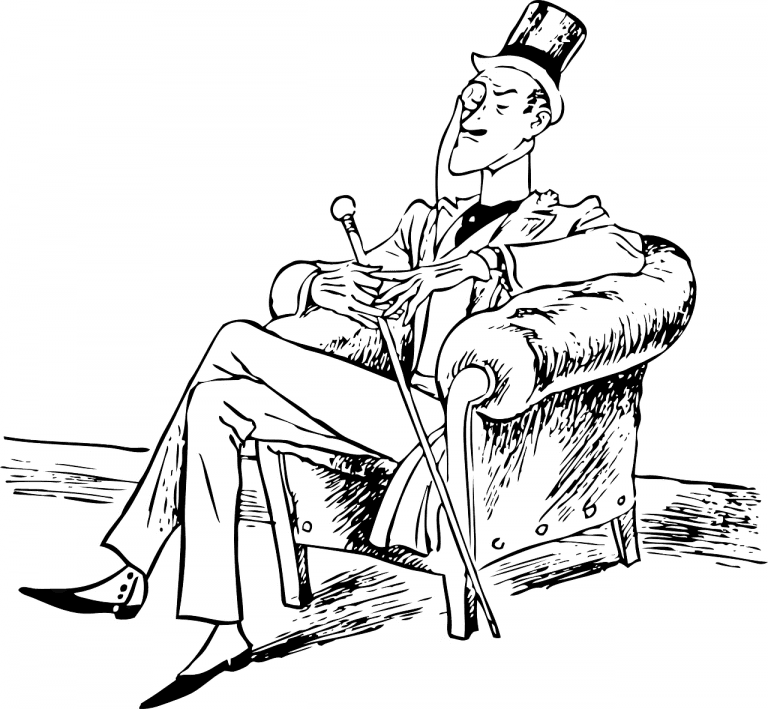The greatest danger that money poses is that it ceases to have anything to do with the value of goods at all, and becomes a way of measuring the value of a human life. Why do people abort their children? Often, it is because they feel they don’t have enough money to support a child. Why are the elderly abandoned in warehouse-style hospital wards, lonely and ignored while they wait in quiet desperation for death? Because they are “useless,” no longer able to financially contribute to the world.
Even those who are not personally responsible for macroeconomic injustices will be influenced by the fact that they live in a society whose economy flourishes in the soil of injustice. “A theory that makes profit the exclusive norm and ultimate end of economic activity is morally unacceptable. The disordered desire for money cannot but produce perverse effects. It is one of the causes of the many conflicts which disturb the social order” (Gaudium et Spes). When wealth is divorced from the genuine value of real goods, this divorce produces a whole wealth of microeconomic perversions. In consumer capitalism, money becomes the abstract form of a cultural fantasy of perpetual growth, endlessly increasing profit, and the infinite multiplication of goods. This fantasy is acted out not only on Wall Street, but also in the lives of individuals. It is not wealth but the fantasy of wealth, not value but the appearance of value that becomes important. This fuels the need not only for more and more consumer goods, but also for consumer goods that confer status and identity on the person who owns them — what social thinkers frequently refer to as “conspicuous consumption.”
Conspicuous consumption takes a number of different forms. Thorstein Veblen observed that some goods are perceived to be of greater value simply because their price is high. Diamonds are a good example: they are actually a fairly common stone, but because De Beers has monopolistic control over the supply they have been able to create artificial scarcity and keep the prices high. The value of a diamond is almost entirely a product of its price; it is not especially attractive compared to other gems, and it is not particularly rare. A woman wants to receive a diamond because it ostentatiously demonstrates that her lover or husband was willing and able to spend a lot of money to buy her a piece of jewellery. This is why one of the primary pleasures associated with owning a diamond is showing it off to others. Fancy cars, designer clothing, and expensive watches are other common examples of “Veblen goods.”
Philosopher Jean Baudrillard made a similar observation about the use of material goods as symbols of immaterial values. He noted that any given material object has two different kinds of value: it has a use value (the amount of utility which can be derived from the good), and it has a sign value (a value based on what the object means to the person who owns it.) Advertisers constantly attempt to increase the amount that people will pay for products by infusing them with artificial sign value. Emotional branding, for example, is the practice of using images to link a product with a positive emotional state, so that people will unthinkingly purchase the product when they crave the emotion. Baudrillard points out that this is not entirely unsuccessful. Although a pair of shoes cannot offer real self-confidence, they may be able to give a person the illusion or simulation of self-confidence. Over time, as real spiritual goods are replaced with their simulations, people come to doubt the value of the genuine goods, and even to believe that the simulacra are the real thing.
In the present age, one of the immaterial values which material things are often called on to signify is identity. Marshal McLuhan described the world today as “not a global village, but a global theater.” Television creates a culture in which people often have stronger relationships with artificial characters than with other human beings and in which role models are very often people who are themselves playing a role. Identities are no longer rooted in families or in communities, and the anonymity of city life creates a need to create and maintain identities which are immediately visible and which declare themselves through concrete symbols. Consumer goods become the tribal signs by which people with similar interests and attitudes recognize and identify one another. In many sub-cultures, the outward signs of wealth, success, or fashion are essential to defining oneself as an insider, and even in “counter-cultural” circles, it is often necessary to live in the right neighbourhood, to eat from the right grocery stores, and to participate in the consumption of niche-marketed goods.
When people buy their identities on the free market the result is always self-consciousness and anxiety. The loss of the ability to participate in consumption literally involves a loss of the sense of self. In this context, people will do anything to secure the ability to maintain their consumer identities and avoid the stigmatization and loss of a sense of personal value associated with poverty.
Conspicuous consumption is not only a good way to make oneself poor fast, it is also immoral: “Countless millions are starving, countless families are destitute, countless men are steeped in ignorance; countless people need schools, hospitals, and homes worthy of the name. In such circumstances, we cannot tolerate public and private expenditures of a wasteful nature; we cannot but condemn lavish displays of wealth by nations or individuals” (Populorum Progressio).
Excerpted from Slave of Two Masters
Photo credit: Pixabay













